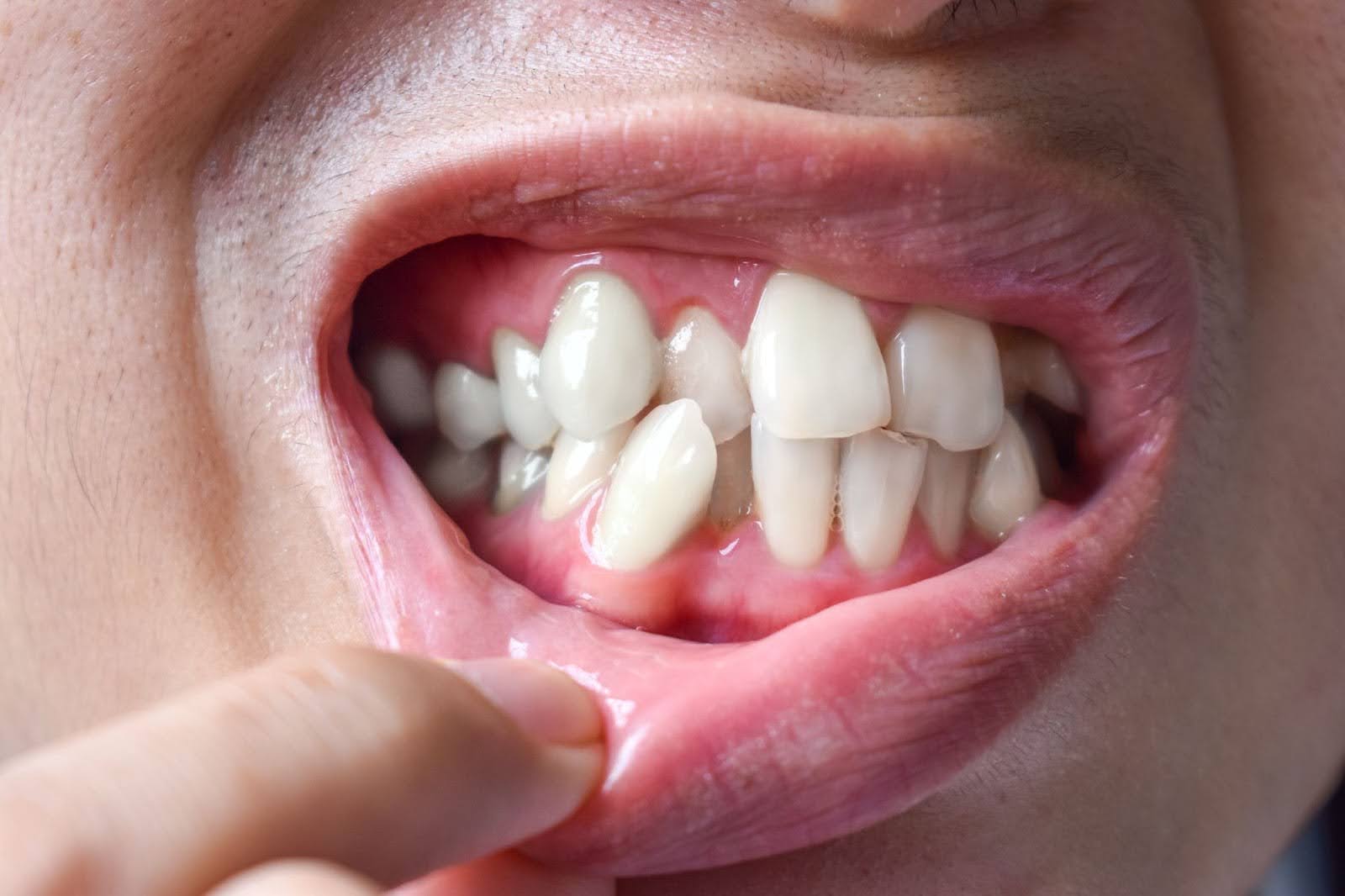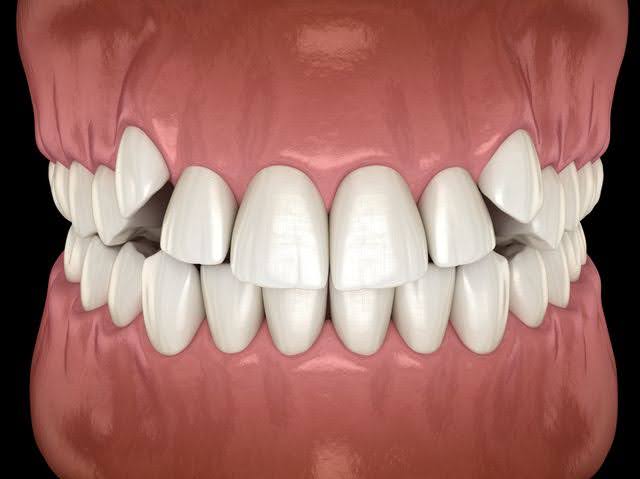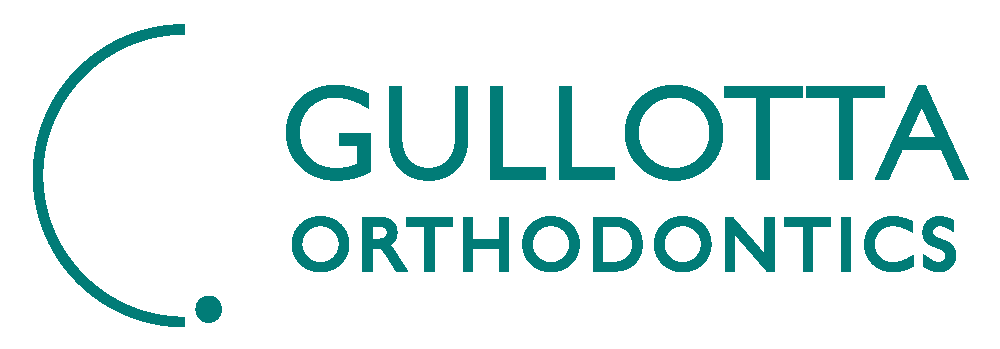Crowded Teeth (Dental Crowding)
Crowded teeth – also known as dental crowding – is a common orthodontic problem and one that we see in our clinic every day. Often when someone has crowded teeth, their teeth will come through at odd angles as each tooth competes for the limited space available. Luckily, if you’re suffering from crowded teeth, there are solutions, and as orthodontists we’ve seen just how effective these can be. In this blog we look at exactly what dental crowding is, the different types, how to get a diagnosis, and the common causes, symptoms, and treatments.

What Is Dental Crowding?
In a healthy jaw, there is enough space for all of the teeth to come through and sit straight without causing any significant issues. Dental crowding occurs when someone’s jaw is too small for their teeth. This lack of space causes the teeth to push into one another and jut out at atypical angles, and leads to what is known as a malocclusion, or misalignment of the teeth.
Different Types of Teeth Crowding
There are four primary types of dental crowding: upper, lower, anterior, and posterior.
- Anterior: This is when the front teeth are misaligned and is often the most obvious type of crowding, as the most visible teeth are those affected.
- Posterior: This is when the back teeth are misaligned. It can be harder to spot as it happens at the back of the mouth, making it somewhat harder to diagnose.
- Upper: This occurs when there is teeth crowding in your upper jaw.
- Lower: Same as above, this occurs when there is teeth crowding in your lower jaw.
Often both upper and lower teeth crowding will occur simultaneously and the distinctions outlined above help to narrow down specifically what area is in question. The severity of teeth crowding can range from mild to moderate to severe, with the negative side effects increasing accordingly.


Symptoms of Dental Crowding
Dental crowding often presents as more than just a cosmetic issue. Common symptoms include:
- Crooked or overlapping teeth: Misaligned teeth may rotate, overlap, or grow at unusual angles due to space constraints.
- Difficulty maintaining oral hygiene: Crowded teeth can make brushing and flossing challenging, leading to plaque buildup and a higher risk of cavities and gum disease.
- Speech impairments: Misaligned teeth may alter pronunciation, affecting clear speech.
- Bite problems: Issues such as overbite or crossbite may develop, causing uneven wear on teeth and discomfort.
- Jaw pain or tension: Extra strain on the jaw muscles can result in tension or pain.
Diagnosis
Accurate diagnosis of dental crowding is essential for identifying its severity and formulating an effective treatment plan. Orthodontists use a combination of clinical observations and advanced tools to assess the issue comprehensively.
Clinical Examination
A thorough visual inspection helps identify obvious signs of crowding, such as overlapping or rotated teeth, and evaluates their impact on bite alignment and jaw function. Dentists also check for related issues, such as gum inflammation, cavities, or wear patterns caused by misaligned teeth.
Imaging Techniques
- X-rays: Dental X-rays provide a detailed look at the alignment of teeth, jawbones, and the presence of any impacted teeth.
- 3D Imaging: Advanced scans, such as cone-beam CT, shows a three-dimensional view of the teeth and jaw, offering greater precision in diagnosis.
- Panoramic Radiographs: These wide-angle images are particularly useful for assessing the spacing and positioning of unerupted or developing teeth.
Measurement Tools
- Dental Models: Impressions or digital scans are used to create physical or virtual models of the teeth. These allow orthodontists to simulate potential outcomes and plan treatments with accuracy.
- Little’s Irregularity Index: This index measures the degree of misalignment, particularly in the anterior teeth, and quantifies the severity of crowding.
- Space Analysis: Techniques like Bolton Analysis assess discrepancies between the size of the upper and lower teeth, helping orthodontists determine if extractions or expanders might be needed.
Age-Specific Considerations
For children, diagnosing early is crucial to intercept and guide proper jaw and teeth development. Orthodontists may monitor mixed dentition (baby and adult teeth) to address crowding as permanent teeth emerge. In adults, where growth has ceased, imaging and measurements focus on existing structural constraints and long-term alignment strategies.
A detailed diagnosis not only pinpoints the problem but also aids in customising a treatment plan tailored to the patient’s unique dental structure and needs.
Causes of Dental Crowding
Dental crowding arises from a combination of genetic, developmental, and environmental factors. Understanding these causes helps orthodontists recommend the correct preventive or corrective measures.
- Genetics:
- Inherited traits, such as a small jaw or large teeth, play a significant role in dental crowding. Family history often influences jaw structure and teeth alignment, making some individuals more predisposed to crowding.
- Premature or Delayed Loss of Baby Teeth:
- When baby teeth are lost too early due to decay or trauma, neighbouring teeth may shift into the vacant space, reducing room for permanent teeth to grow correctly. Retaining baby teeth for too long can obstruct the eruption of permanent teeth, leading to misalignment or impaction.
- Oral Habits:
- Prolonged thumb sucking habits can push the teeth forward and narrow the jaw, contributing to crowding. Tongue thrusting, another bad oral habit, exerts abnormal pressure on the teeth, influencing their alignment.
- Jaw Size and Growth Patterns:
- Changes in diet over centuries, such as softer foods, have reduced the need for robust jawbones, leading to smaller jaw sizes in modern humans. Discrepancies in the growth rates of the upper and lower jaws can also create alignment issues.
- Airway and Breathing Issues:
- Mouth-breathing due to conditions like allergies or asthma can alter jaw development and lead to improper alignment.
- Dental Trauma and Structural Issues:
- Impact to the jaw can displace teeth or hinder proper development, and structural anomalies like a cleft palate can significantly impact teeth alignment and spacing.
- Extra or Abnormal Teeth:
- The presence of extra teeth (known as hyperdontia) can compete for space, causing misalignment. On top of this, impacted teeth (teeth that fail to erupt correctly) can force others out of alignment.
- Developmental Disorders:
- Orofacial myofunctional disorders, which affect the resting position of the tongue, lips, or jaw, can influence dental alignment.
By addressing these causes, orthodontists can develop preventive strategies, especially for children, and effective treatments for adults experiencing dental crowding.
Treatments for Dental Crowding
Treatment options for dental crowding vary depending on its severity and the patient’s age. Common solutions include:
- Braces: Traditional braces remain a gold standard for correcting moderate to severe crowding. Clear aligners, such as Invisalign, offer a discreet alternative for mild to moderate cases. At Gullotta Orthodontics, we recommend Lightforce Braces as the most effective option.
- Palatal Expanders: Often used for children, these devices widen the jaw to create space for proper alignment, reducing the need for tooth extractions.
- Tooth Extractions: In severe cases, removing one or more teeth can create the space needed for alignment.
- Veneers and Crowns: For minor cases where alignment isn’t required, these cosmetic solutions can mask crowding.
Each treatment plan is tailored to the individual, and consulting an orthodontist is essential to determine the best approach.
Choose Gullotta Orthodontics to Fix Your Crowded Teeth
Crowded teeth are more than just a cosmetic concern – they can significantly impact oral hygiene, speech, and overall dental health. At Gullotta Orthodontics, our expert team is dedicated to creating personalised treatment plans that not only improve your smile but also enhance your oral health and quality of life. Don’t let crowded teeth hold you back – schedule a consultation with us today to explore your options and take the first step toward a confident, healthier smile.
